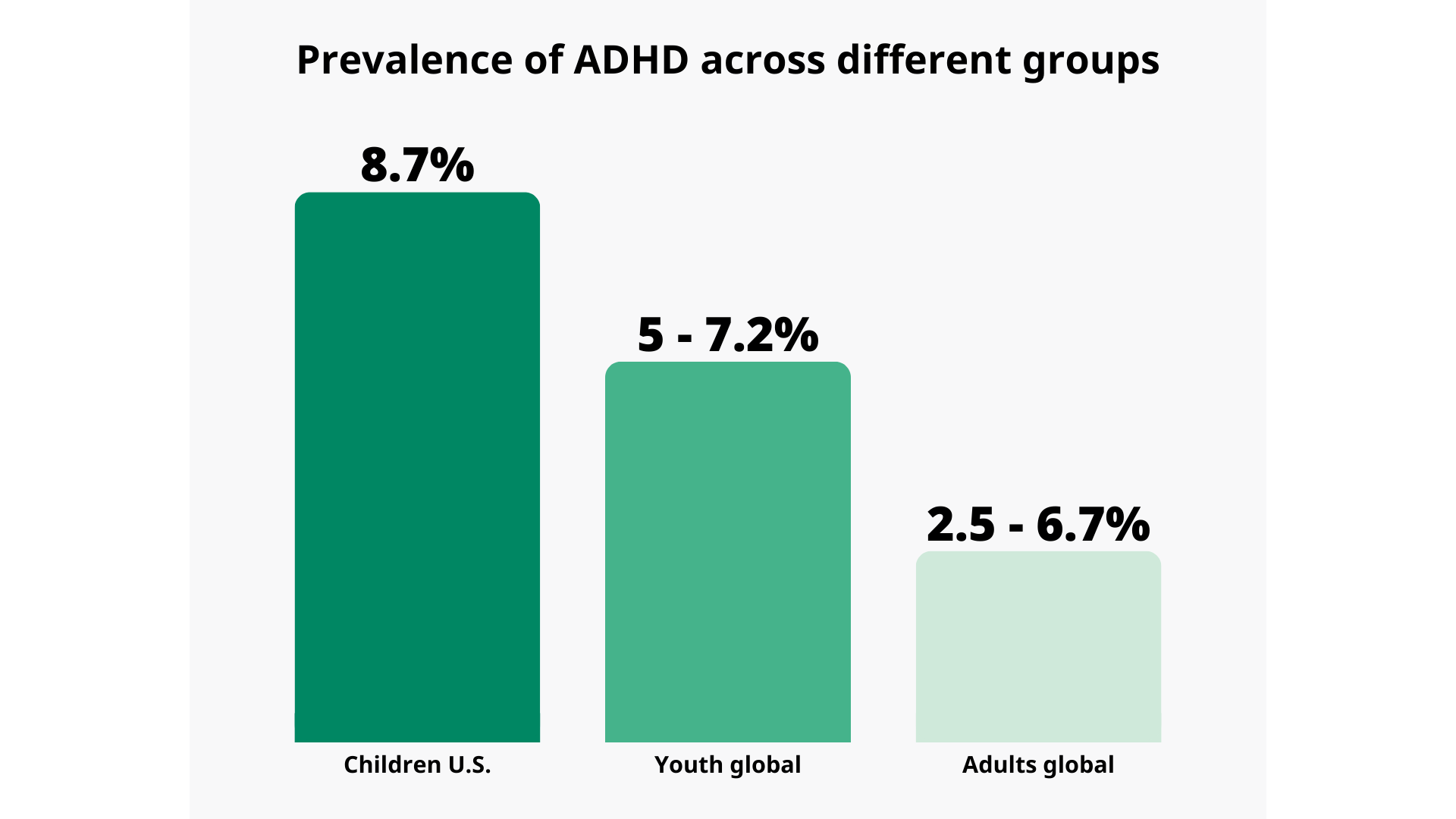For many adults, the journey to an ADHD diagnosis can be long and frustrating. Symptoms are sometimes misattributed, and developmental histories aren’t complete. Meanwhile, clinicians must balance diagnostic accuracy with increasing caseloads and limited resources.
What if there was a structured way to deliver care that improves patient understanding, supports clinical decision-making, and leads to better long-term outcomes?
That’s precisely what defines an ADHD center of excellence, where better conversations set the foundation for better care.
Why clinicians need a better process for diagnosing adult ADHD
Lack of standardized pathways, unclear referral routes, or outdated perceptions that ADHD is something people “grow out of” have led to clinical inconsistencies. This inconsistency doesn't just affect clinicians; it affects outcomes.
Without a streamlined, evidence-based approach, patients may receive delayed or incomplete care, and clinics may struggle to maintain quality, especially as demand grows.
“We experienced a bottleneck in the assessment and screening for adults with ADHD due to many factors within the current environment. Increased wait times and lack of clarity led me to create a stepped-care model, which includes a blend of subjective and objective measurements for a comprehensive screening and assessment before seeking a complete neuropsychological exam.”
- Dr. Sara L. Weisenbach
This framework is a perfect example of clinical excellence that blends subjective and objective tools to reduce wait times, improve diagnostic confidence, and ensure that only those who truly need comprehensive evaluations receive them.
Dr. Sara L. Weisenbach shared a stepped-care model for ADHD, developed in collaboration with psychiatry and neuropsychology teams at a leading university hospital. Let’s take a look at how it ties in with the gold standard in ADHD care.
The stepped-care model
By blending subjective and objective data, Dr. Weisenbach created a pathway that supports timely, data-informed decisions even for the most complex cases.
- The patient and or caregiver (in the case of children) completes a subjective assessment, most commonly the Adult ADHD Self Report Scale (ASRS) for adults and the Vanderbilt ADHD Diagnostic Rating Scale for children, which includes a history and assesses current functional impairment of symptoms. If possible, a corroborated report from a secondary source is encouraged. For adults, although there are no current adult ADHD guidelines, presentation of symptoms from childhood before the age of 12 is required.
- If the findings from step one are positive, the person must complete an objective assessment with their provider to measure ADHD symptoms.
- With both subjective and objective evidence in place, we consider all symptoms and comorbid conditions (for example, depression and anxiety) to determine the course of treatment based on all data points, including clinical interviews.
- Should there be disagreement or lack of clarity in the data or if the patient’s presentation is determined to be more complex, it is at this point that we refer out to neuropsychology for a full battery of assessments.
- Once a treatment plan is agreed upon and initiated, the objective assessment is readministered to determine if symptoms are still present and adjustments are needed in the treatment and care plan.
Following this approach saw improvements in wait time and clinician and patient confidence and experience. Psychiatrists felt more confident in diagnosing ADHD in some patients without having to wait for a full neuropsychological evaluation.

Why incorporate objective technology into a diagnostic pathway
To truly implement a gold standard, clinicians must embrace tools that streamline communication, support clinical judgment, and ensure consistency in care.
Incorporating evidence-based, objective tools provides an unbiased perspective that enhances clinical expertise through quantifiable data on attention, impulsivity, and activity levels. When used within a stepped-care model, digital tools enable better patient-clinician communication. They provide real data that can guide shared decision-making, reassure patients and families, and offer a concrete way to track treatment outcomes throughout the ADHD journey.
Ready to raise the bar for ADHD care?
Undiagnosed ADHD has severe implications for a person’s well-being and is a proven precursor for comorbid conditions that add further adversities to someone’s life. As we continue to navigate the mental health crisis we’re faced with today, we must make significant changes to ADHD care to achieve real progress.
